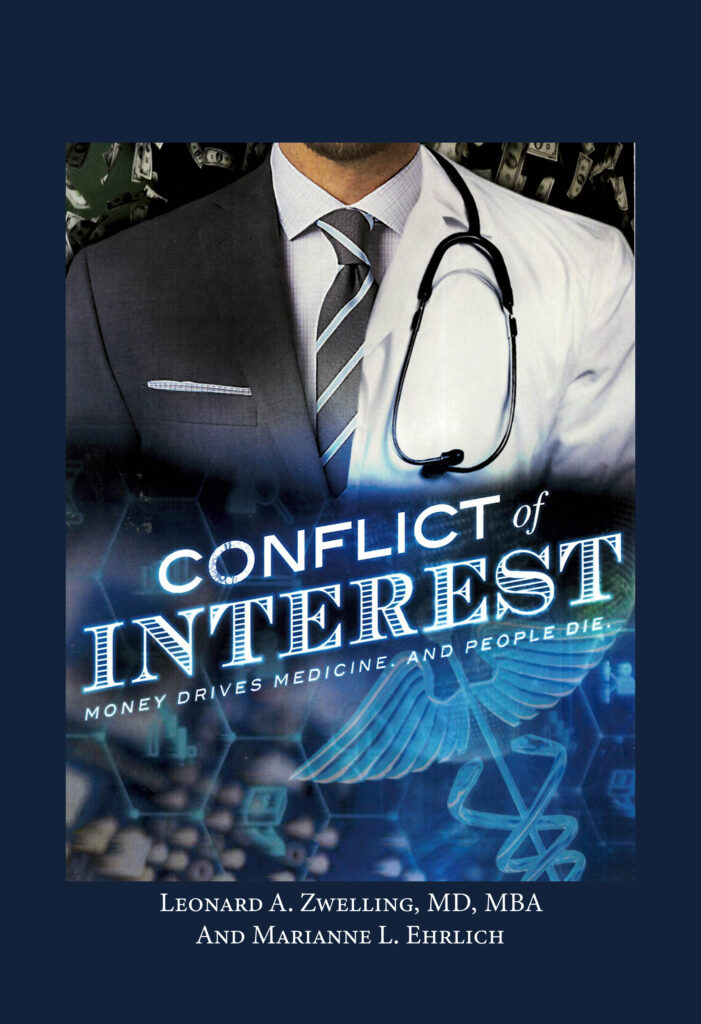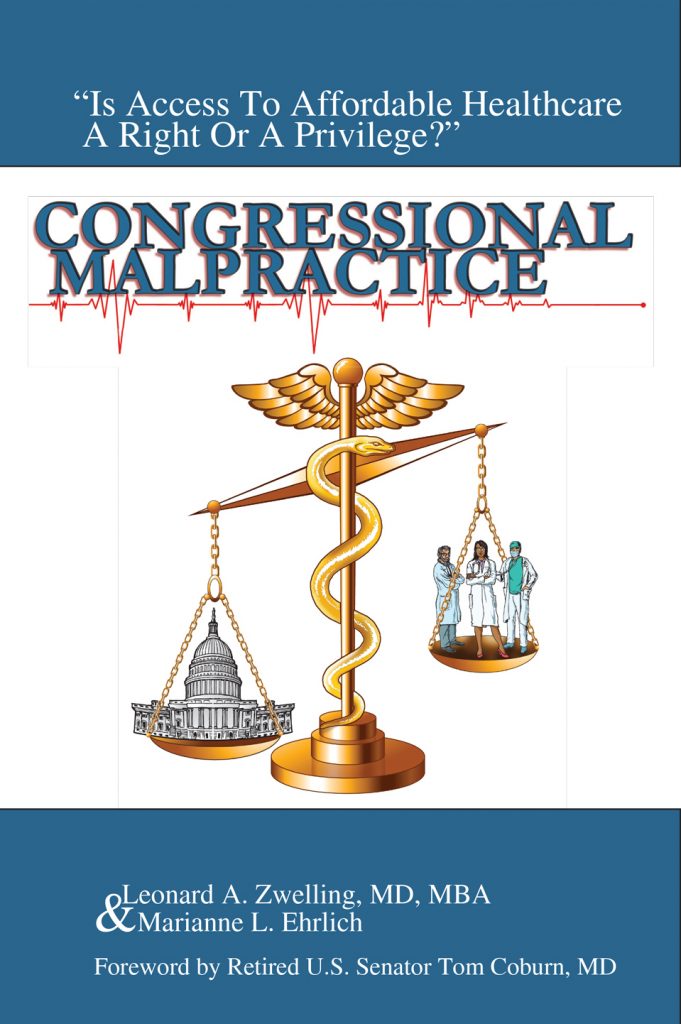Risk
By
Leonard Zwelling
Life is a series of choices. Choices have attendant risks.
You can choose not to use your seat belt—in a car or in a airplane, although the
flight attendant might toss you off the latter for such an expression of your
freedom. You can be ticketed for the former as well. You see you don’t have
unlimited choices and your right to take risks ends when you start to put
others at risk. It is even possible that you will not be allowed to assume
risks you thought were yours to take.
That’s where we are with the coronavirus.
The CDC and other government agencies set up clear
guidelines for reopening commerce in the United States. The governors of most
states ignored the guidelines and opened in some form anyway. Those governors
believed the risk engendered by the openings to the physical well being of
their constituents was offset by the minimization of the risks to the economies
of the states. It is possible that this was a bad bet. If the case numbers of
covid-19 rise and deaths rise as well, the ballot boxes of the various states
may be the places where people get to express their position about how their
leaders determined the risks they had to face.
The federal government has been giving mixed signals on the
risk issue from the onset of the coronavirus crisis. The federal government
wants it both ways. It wants no one at risk for dying but also no risk to the
economy, jobs or businesses. Unfortunately, the virus has forced choices to be
made. The federal government has done a miserable job at making these choices
coherent, so governors, mayors and other local officials have attempted to make
these calls and in making them strike a balance between minimizing risk to life
and minimizing risk to business. It may be that such a risk minimization
strategy is impossible.
Some countries have gone to extreme lockdown mode, damaging
their economies. Some countries have accepted the risk to the young, protected
the elderly and vulnerable, and opted for the presumption of rapid acquisition
of herd immunity. That last strategy is the way that the United States has
usually handled new infectious diseases. It’s been one hundred years since
America voluntarily shut down its commerce and threw millions out of work in an
effort to contain the spread of a virus. But the real fact is that the United
States did not have a comprehensive answer for the coronavirus and still does
not.
Instead, the U.S. has let every state, every city, every
town, and maybe every individual determine what risk will be assumed. This
cannot work. It hasn’t. The U.S. has the highest covid-19 death numbers in the
world. We must have done something wrong.
What we did wrong is not decide.
The Trump Administration was slow to acknowledge the threat
from the novel coronavirus. It was way too late with its containment strategy
especially since despite the closing of our borders to Chinese nationals,
Americans from the various infected parts of the world were let back in. Some
were infected. That can’t work.
Then we deferred to mitigation. Again we were very late to
introduce the concepts of social distancing and masks. The leadership does not
practice social distancing giving a mixed message to the entire nation. Now we
are fighting, largely along partisan lines, to either keep mitigation in place
or open up the economy in the face of over 20 million losing their jobs and an
unemployment rate of 14.7%.
What should be a moment of national unity is instead another
episode in the culture wars led by Donald Trump and his minions.
Somebody needs to get up and explain to the American people
about the risks and choices with which we are faced, like it or not. Either use
the guidelines the CDC set forth and continue mitigating until caseloads fall
or we accept life with the virus and devise ways to go about our business in
new ways possibly accepting increased caseloads and death.
It is not at all likely that anything will change in the
foreseeable future. The virus is with us. We need a national discussion of risk
assumption, plans for protecting the most vulnerable, and the means to try to
restore American business. This will take leadership that can articulate the
problem and convey a reasonable solution. I fear neither Mr. Trump nor Mr.
Biden can do this and the U.S. may be doomed to struggle along without a vision
or a plan as the rest of the world decides.




